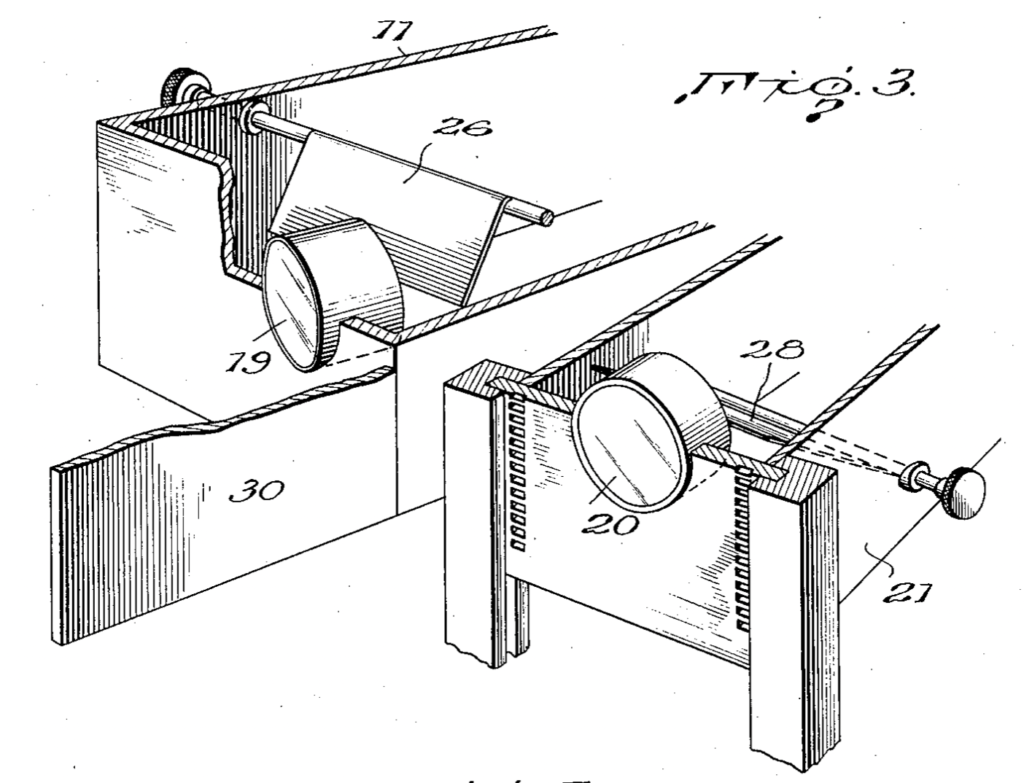
If you’re reading this, I would love to know: have you ever done a patent search or had one done?
What Is A Patent Search
A patent search is, as it sounds, performing a search to try to find patents or patent applications through one or more of the patent search engines or databases. You might need to do a patent search if you’re considering filing a patent application on your product and want to know if anyone has filed a patent on a similar product previously (more on why this is important below). You also might want to look for previously filed patents if you are worried that someone else already filed a patent on one of your products or processes and that you might be infringing (using their idea without the right to do so).
Why Is A Patent Search So Important
As I outline in the above video, if you’re considering filing a patent application then a patent search is one of the most important steps that you will want to complete before working with a lawyer.
Patents can be very expensive, especially over time, so you will really want to make sure that you have confidence that your application will be accepted by the patent office once they finally review it. Depending on your approach, it may be 3-4 years and $50,000 – $200,000 before you receive any official notice as to whether or not your product is patentable. At this point, the patent office will review your application to see if it meets the criteria for patentability.
A patent search, if done right, can give you a fair bit of confidence that the patent office will accept a large portion of your application before spending all the money necessary to get to the review stage.
A patent search will also provide significant insight into your competition and the competitive landscape of your industry. Often times you may even discover competitors that you didn’t previously realize were in your industry.
In addition to this, a thorough patent search early on in the development of your product can help you find the gaps in your market and ultimately develop a better product.
How To Patent Search
In our experience, we have found that the best approach to patent searching is if you, as the inventor or entrepreneur, do at least some searching yourself initially – with the right help and education. This can be augmented with a review and expansion from an unbiased patent search firm, such as The IP Link, but you will gain a far deeper understanding of the patent process and the patentability of your product if you also search yourself. This will also enable you to make better decisions about your patent strategy and how your patent should be written.
This is precisely why we built a course and coaching program called Search (part of the full Product Protection Playbook) to help teach entrepreneurs and founders how to patent search properly without getting too bogged down with all the legalistic aspects. In addition to teaching you how to search efficiently, thoroughly, and properly, we will coach you through the process and review your search strings, results, and other work throughout the program!
We get into all the details in the Search program, but at a high level, there are many patent search engines that can be used to get started with a patent search, the best one likely being Google Patents (patent search Google). The difficulty comes with determining what to search, what keywords to use, how to structure your search string, and sifting through results. It is possible to do a patent search by number or a patent search by company (patent search company) to dig into specific patents in more depth, but from a patentability perspective, you will likely want to start with a topic or classification search.
As a patent search firm, we also do patent searching for our clients, but typically recommend this as an add-on to the Search program. If it’s time for a patent search, let’s talk!
What To Search
If your product incorporates many features or aspects, which they almost always do, more than one of these aspects could be patentable, maybe even independently of the other aspects.
If you’ve done a search or paid a third party to complete a search, how did you or the searcher decide which aspect to focus the search on? Did this even come up in the discussion?
I have seen the results of patent searches that a few of my clients had done before they joined my program and they often miss important aspects of the product or are so broad they are completely uninformative. To make matters worse, trying to read through a bunch of patents without any interpretation or understanding of how they might impact your patent strategy going forward is just a recipe for disaster.
For example, one of our clients recently had the following experience. “[The IP Link’s Search program] gave me a better understanding of how to search when it comes to patents. We’ve all [our team] been doing searches, all plugging away at it, and we even had a patent lawyer looking at it and they didn’t even find that one particular patent that came way too close to make us feel comfortable. So to me, the plan [The IP Link’s Product Protection Playbook] works.” – Tony Woolf
The first module of The IP Link’s Product Protection Playbook revolves entirely around brainstorming and defining all the aspects of your product (or process) and deciding which aspect to review more closely through a patent search. Without this initial step, the search will be unfocussed, take far longer than it needs to, and will likely miss important elements of your product.
Where To Patent Search
Many people are initially focused on searching for patents only in the country where they want to file their patent. I hear people asking about patent search USA or patent search Canada, for example. Although it is possible to specifically do a US patent search by keyword, for example, it is typically too narrow to be useful from a patentability perspective.
Ideally, you will want to perform a search that covers many countries. Any patent or article that is published anywhere in the world can impact your ability to get a patent on your product. As such, it is important to use a patent search engine that can search many countries all at once, and not just focus on doing a patent search in the USA or doing a patent search in Canada exclusively.
Common Patent Search Questions
I recently had a discussion about this with an entrepreneur who is just launching a product and thought I would share it here as I’m sure he isn’t the only one with this question!
Entrepreneur: “Moving in a product-focused business, [patent searching] seems like the beginning of a steep investment. How do you know when to stop looking and if there isn’t a smaller part of your design that could be patented under a different category?”
Trevor: I typically suggest trying to gain confidence that at least one aspect of your product will have a good chance of being accepted by the patent office. Once you have enough confidence to justify the cost (assuming you also have a strategy for benefitting from the patent), then move on with drafting and filing the patent.
In the drafting phase, include all the aspects of your invention (not just the one you searched in more depth), even if they cover more than one classification. Worst case, the aspects you didn’t search may be rejected, but you will still hopefully get a patent on that core aspect that you had confidence in from your search.
Entrepreneur: “Makes sense. But what about infringement research? Seems like a never-ending loop.”
Trevor: The initial research can be streamlined with the objective of gaining just enough confidence to justify moving forward with the patent at hand.
If similar patents are found or if there is another reason to believe you might be infringing on a different patent, then a more in-depth review should be considered, but this could be said of any business regardless as to whether or not they’re planning on filing their own patent.

